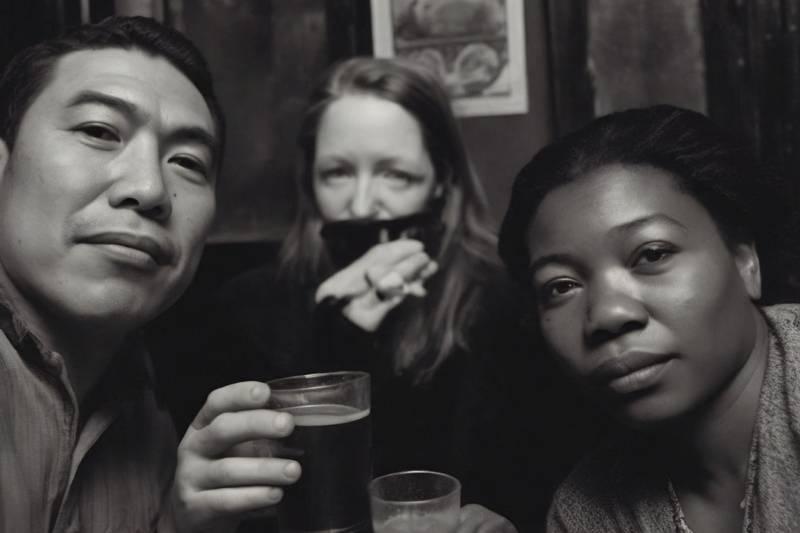New research reveals that specific brain regions associated with anxiety undergo changes in the early stages of alcohol abstinence. These alterations could explain the increased anxiety and high relapse rates among individuals recovering from alcohol use disorder.
The study, published in Alcohol: Clinical and Experimental Research, shows that brain responses differ between men and women during early abstinence, and are influenced by the severity of an individual’s anxiety. These findings underscore the complexity of alcohol recovery and the need for tailored support strategies.
Unraveling the Brain’s Response to Alcohol Abstinence
Researchers examined 40 participants aged 21 to 40, half of whom had stopped drinking for one to six months prior to the study. The other half served as a healthy control group. Using functional MRI, the team observed brain activity while participants completed an ‘unpredictable threat’ task, viewing images of neutral and negative expressions cued by other images.
The study focused on a network of brain regions associated with anxiety responses, known as the bed nucleus of the stria terminalis (BNST). Results showed that both activation and functional connectivity of the BNST network are altered during early abstinence from alcohol.
“Activation in the insula and dorsal anterior cingulate cortex was greater in early abstinent men with higher anxiety than in men in the healthy control group,” the researchers noted. This consistent elevation in activation across different stages of alcohol use disorder may indicate both brain changes due to heavy alcohol use and a biological risk factor for the condition.
Sex Differences and Anxiety: Key Factors in Brain Response
The study revealed significant sex differences in brain activation, specifically in men. This aligns with previous research showing that alcohol use disorder presents and progresses differently in men and women.
Anxiety levels also played a crucial role in brain responses. During unpredictable threat cues, anxiety was negatively associated with BNST activation in the healthy group but positively associated in the early abstinent group.
Functional connectivity in the BNST-ventromedial prefrontal cortex showed interesting patterns. It was weaker in women during early abstinence when faced with unpredictable threat cues, but stronger in men during unpredictable neutral cues. The researchers suggest this weaker connectivity in women might explain their higher rates of stress-induced relapse.
Why it matters: This research provides crucial insights into the neural mechanisms underlying alcohol recovery. Understanding these brain changes could lead to more effective treatments and support strategies for individuals struggling with alcohol use disorder. It highlights the need for personalized approaches that consider factors such as sex and anxiety levels in recovery programs.
The study’s findings may help explain why nearly half of people with alcohol use disorder relapse within the first year of quitting. By shedding light on the brain’s response during early abstinence, this research paves the way for targeted interventions that could improve long-term recovery outcomes and reduce relapse rates.
As we continue to unravel the complexities of alcohol use disorder and recovery, studies like this provide valuable pieces to the puzzle. They offer hope for developing more effective, individualized treatment strategies that can address the unique challenges faced by each person on their journey to sobriety.


